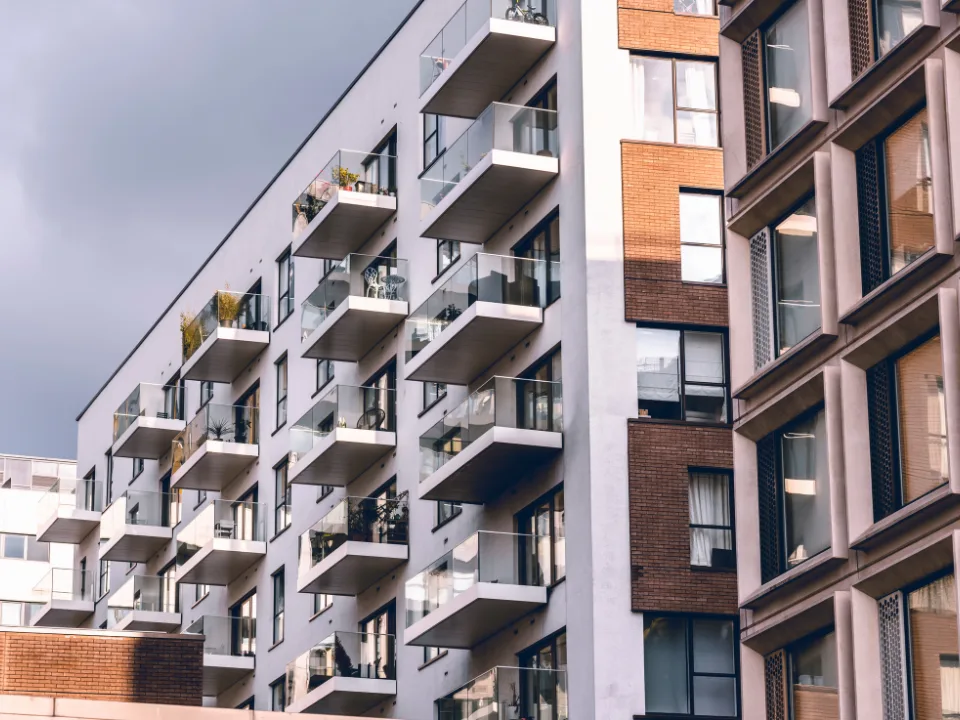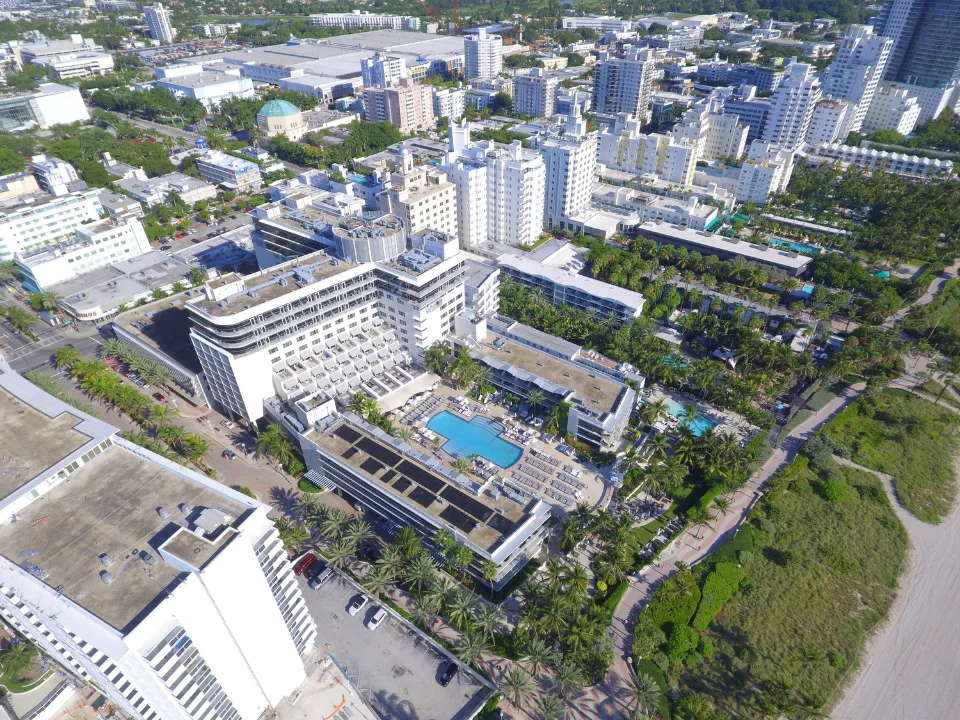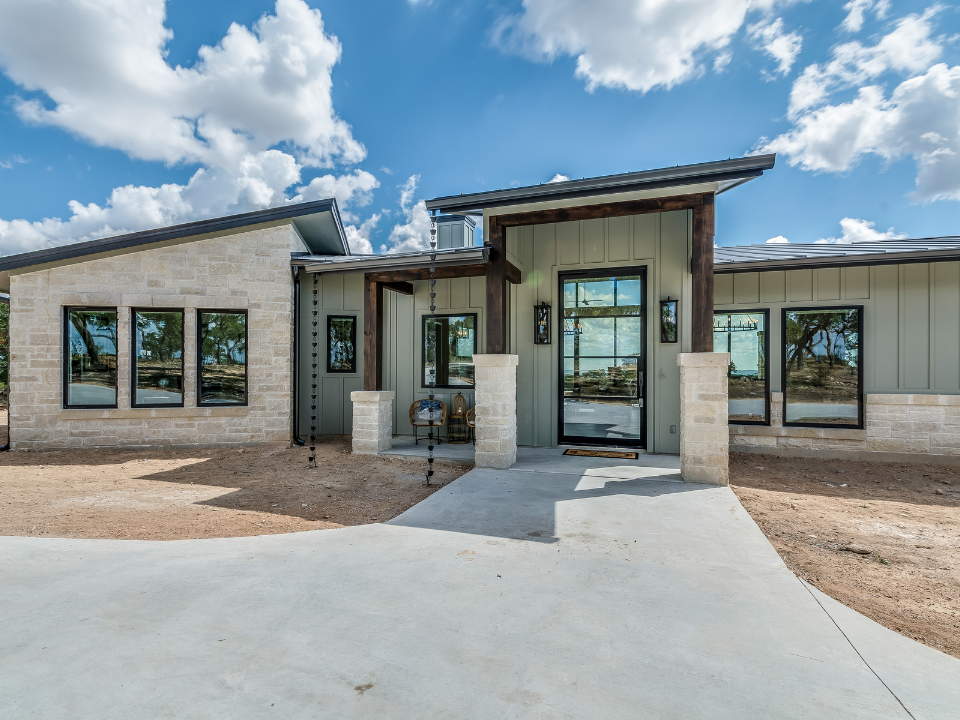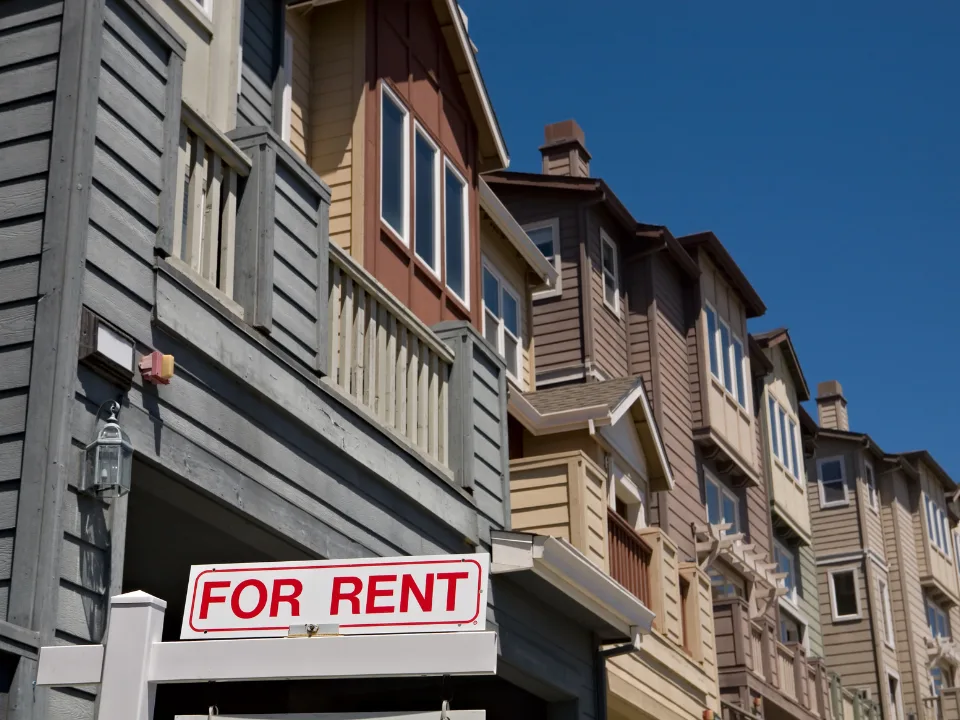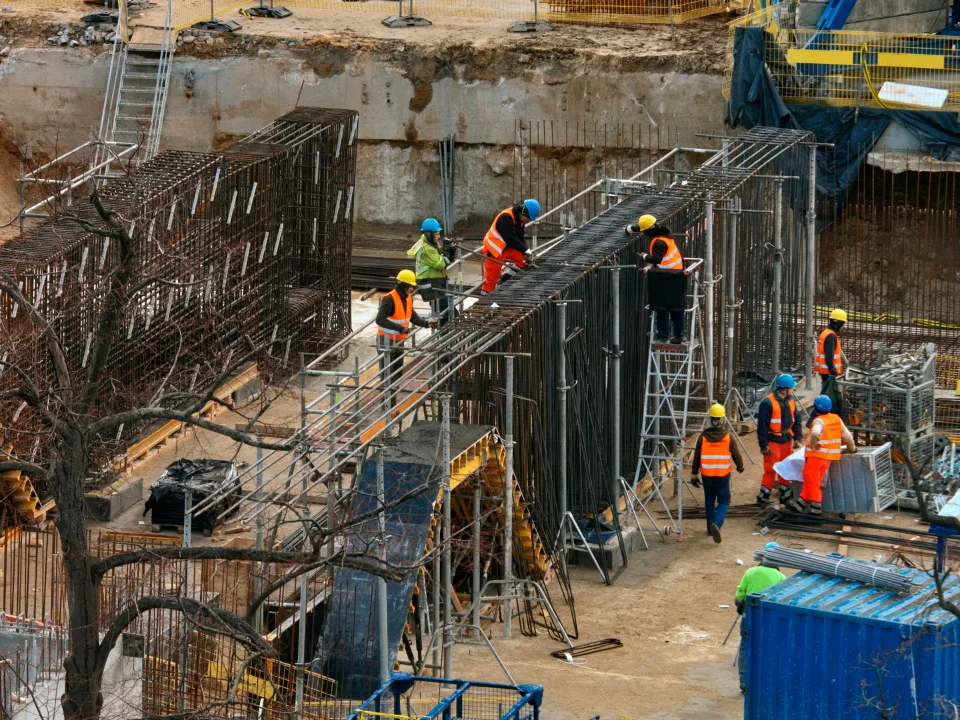- The Texas housing shortage grew to 320K homes in 2022, up from 306K in 2021, despite Texas building more homes than any other U.S. state.
- Rapid population growth, particularly in cities like Dallas, Houston, and Austin, has driven up housing prices and rents.
- The Lone Star State’s traditional focus on suburban single-family homes is no longer enough to meet demand, and denser housing types are needed.
- Experts urge changes in zoning laws and increased support for affordable housing to combat rising costs effectively.
According to the Texas Tribune, the Lone Star State’s current housing boom has led to record levels of new construction—but the state’s shortage of available homes has actually worsened.
By The Numbers
The nonprofit housing policy group Up For Growth reports that in 2022, Texas needed 320K additional homes to meet demand, up from 306K the previous year. This gap reflects how even with a surge in new homes, primarily in suburban areas, population growth continues to outstrip supply.
The shortage has driven a dramatic increase in home prices and rents across the largest Texas cities, such as Houston, Dallas-Fort Worth, and San Antonio. Many new Texans are moving from states with higher costs of living, adding to the strain on housing availability and affordability.
No Longer Enough
Historically, Texas has managed housing demand by building detached, single-family homes in the suburbs, keeping housing costs relatively affordable.
But experts, including David Garcia of Up For Growth, suggest that outward expansion can no longer address Texas’ housing needs on its own. In urban centers, limited land availability and strict zoning rules hinder the development of denser, lower-cost housing types like townhomes, duplexes, and smaller apartment complexes.
Loosening these restrictions could ease the strain by making it easier to build multi-family homes and other affordable options.
Regional Differences
The housing shortages vary by region across Texas, with some cities making progress in expanding their housing stock:
- Austin-Round Rock reduced its housing shortfall by a third, leading to a 16-month decline in rent. Despite this, the area remains short by nearly 24K homes.
- Houston and Dallas-Fort Worth saw their housing shortages grow despite greenlighting more construction projects than before the COVID-19 pandemic.
- El Paso has seen a minor easing of its housing shortage, a unique trend within the state.
Get Smarter about what matters in CRE
Stay ahead of trends in commercial real estate with CRE Daily – the free newsletter delivering everything you need to start your day in just 5-minutes
Zoning Reforms
Many housing advocates argue that restrictive zoning laws contribute significantly to the Texas housing crisis. While permissive toward single-family homes, Texas cities often restrict land for denser housing types, limiting the construction of affordable housing options.
By adjusting these restrictions, cities could increase the housing supply and provide more affordable options for residents.
However, zoning reforms face resistance. Neighborhood groups and existing homeowners often oppose denser housing developments, citing concerns over changes to community character and property values.
Upcoming Policy Efforts
The Texas Legislature is expected to address the housing crisis when it reconvenes in Austin next year. A major topic will likely be the extent of state intervention versus local control in setting zoning laws.
Some advocates propose state-level mandates to ensure all cities contribute to solving the housing shortage, while others emphasize the need for flexibility at the local level to tailor solutions to community needs.
“While every community should be accountable, the state can set expectations to ensure all cities are helping meet the housing demand,” Garcia said. Balancing state and city powers will be central to any meaningful progress in addressing Texas’ housing issues.
